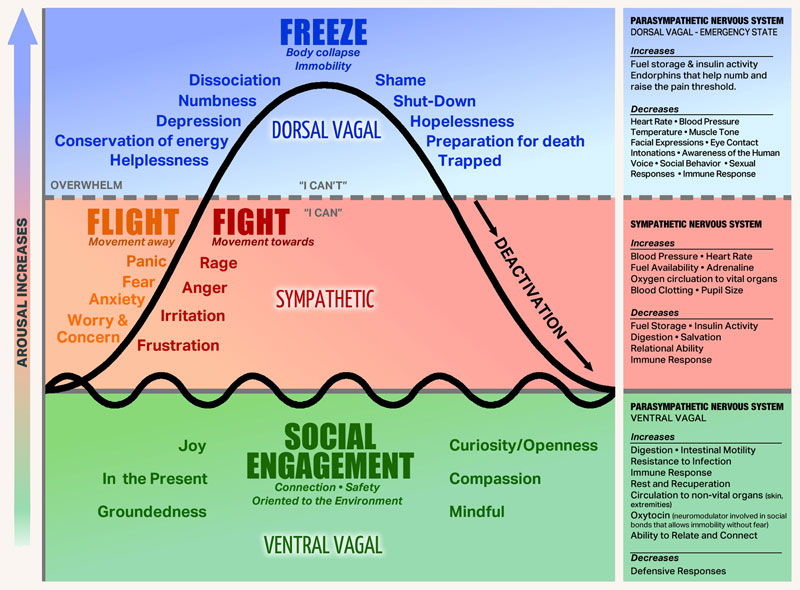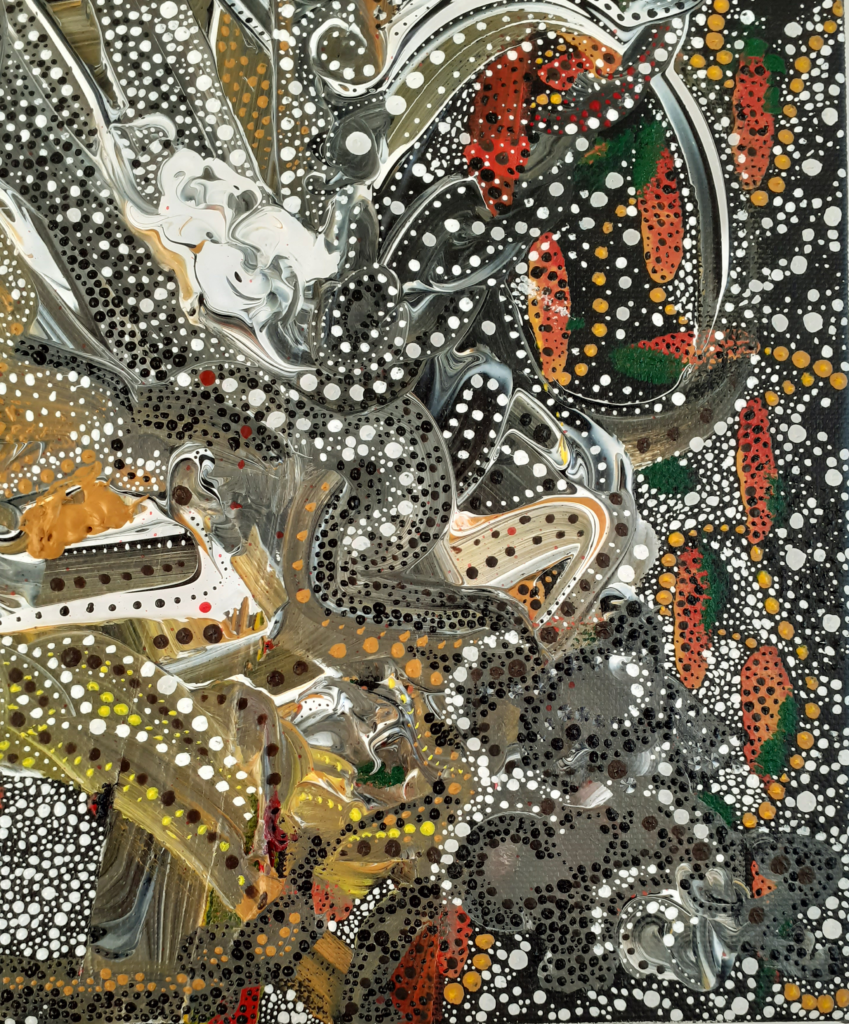Trauma is not the event(s) that happened to you, it’s how you are affected by those events.
Every noise, every touch, the stones beneath my feet, the splash of fountains from a window, crept evilly upon my senses. The air had a stinging weight like ocean waves. I felt myself a stranger to the world.
Circe by Madeline Miller
The quote comes from the character, Circe, in Madeline Miller’s book. The character was sexually violated and this quote comes some time after. She is describing a hyper alert state, which comes from being triggered.
What Does ‘Triggered’ Mean?

Something – an internal or external reminder of an event from the past – has switched on the fight/flight/freeze system. This means either being hyper alert to danger or not being able to do anything at all. There’s a likelihood to react, rather than respond. Injuries can occur in this state because it’s easier to bump into things, drop things, hold things too tightly, and/or do repetitive things for too long. This can result in repetitive strain or headaches, for example.
This state can last for minutes or days. It creates ‘brain fog’ which makes it hard to concentrate on cognitive tasks like reading. It’s almost impossible to have conversations in this state – words are either wrong or not available at all. There is a pressure to not be like this and a feeling of shame, which triggers hyper self-criticism.
These are just some of the things that happen when feeling triggered. It’s not an exhaustive list.
How Does Being Triggered Get in the Way of Goals?
Nowadays, when I’m triggered I recognise that I’m going to have to make changes to my To Do List. I don’t force myself to keep going, like I used to, which is another affect of trauma. I understand that I need to put work on hold until I’ve soothed my system so that I’m able to function well again.
Ten years ago I was in this triggered state most of the time. I couldn’t work. I couldn’t sleep. I could barely make decisions about what food to buy – I’d stand in the aisle of a supermarket staring at the products, feeling ashamed that I couldn’t make such a simple decision. The more pressure I put on myself to choose something, the less able I was to make a choice.
These two examples show how being triggered can make it hard to do ‘normal’ things. Therefore carrying out goal-specific tasks can be almost impossible whilst in a triggered state.
What Can You Do About Being Triggered?

I understand now why I couldn’t make a decision in the supermarket: my rational, intelligent brain was ‘offline’ because my body was in fight/flight/freeze mode. It was physically impossible for me to be rational in that state. Educating myself about the physical effects of trauma helped remove any shame I felt about being triggered.
These are the things that help me when I’m triggered: self-compassion, writing my journal, reaching out to friends by text, drawing how I feel, painting dots, watching Gilmore Girls, sewing, eating nice food (especially Kettle Chips), making myself a cup of Barley Cup, talking through how I feel and what triggered me, snuggling up on the sofa under a blanket, planning nice things to do for when I’m feeling better, working on creative projects. These things are my self-care system when I’m triggered. When I’m not triggered my self-care system is different – more about that in a different article.
What you can do when you’re triggered, therefore, is soothe yourself. It’s great to know in advance what works for you so creating a soothing self-care system is key.
Create a Self-Care System That Works For You

I would say self-compassion is the key in any self-care system. Self-compassion is easier when you know the effects of trauma on your brain and body. It’s hard to be critical of natural phenomena (although I am sometimes angry at the wind!). So, learning about the effects of trauma is another component in the self-care system. Feeling connected to other, caring humans is another. A creative practice feels important too – something you can do with your hands, which may or may not be expressive – drawing, sewing, knitting, collage, playing with clay.
What else? What works for you? It might be different now to what worked last year and might be different to what works in a year from now. What might you incorporate into your self-care system? Want some help with that?
